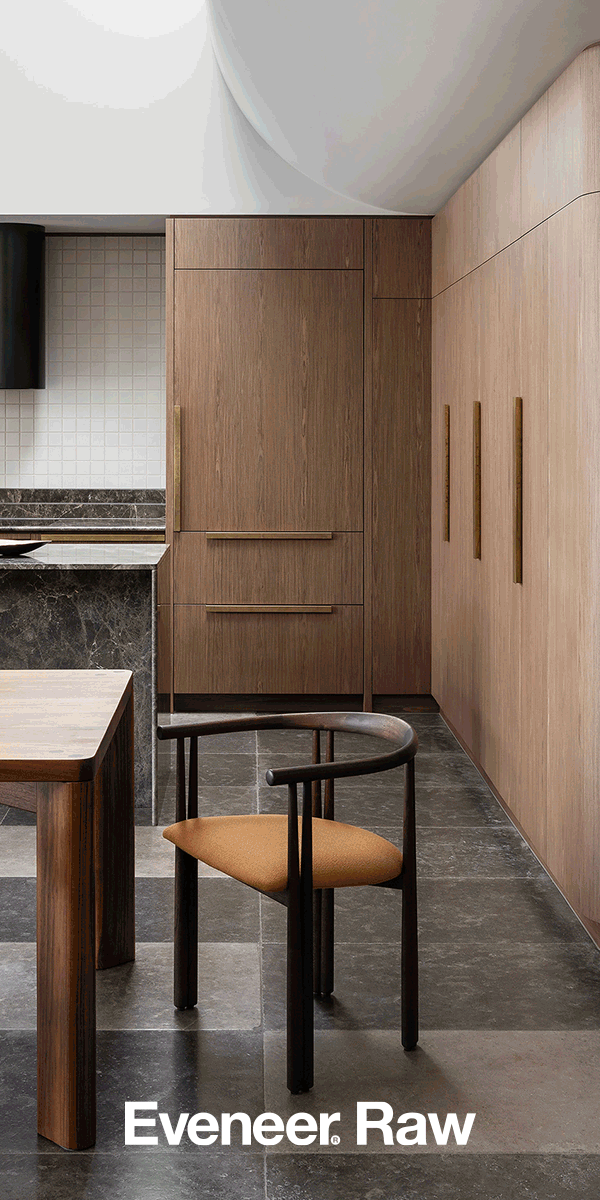Kate Newby draws in the land. She closes her eyes and stains the earth with a notable grace. Her works seem to be created out of complex layers of...
Byne System, Herman Miller
A collaborative approach between architects, designers and design-led furniture suppliers has resulted in workplace solutions that are increasingly flexible, encourage autonomy and provide dynamic working environments that shift with the needs of each day. The recently released Byne System – a highly configurable workstation by furniture manufacturer Herman Miller – draws on an existing suite of products to bring together the most useful components of each design into one dynamic workstation.
Essay
Union Editorial Desk
Photography
Courtesy Herman Miller
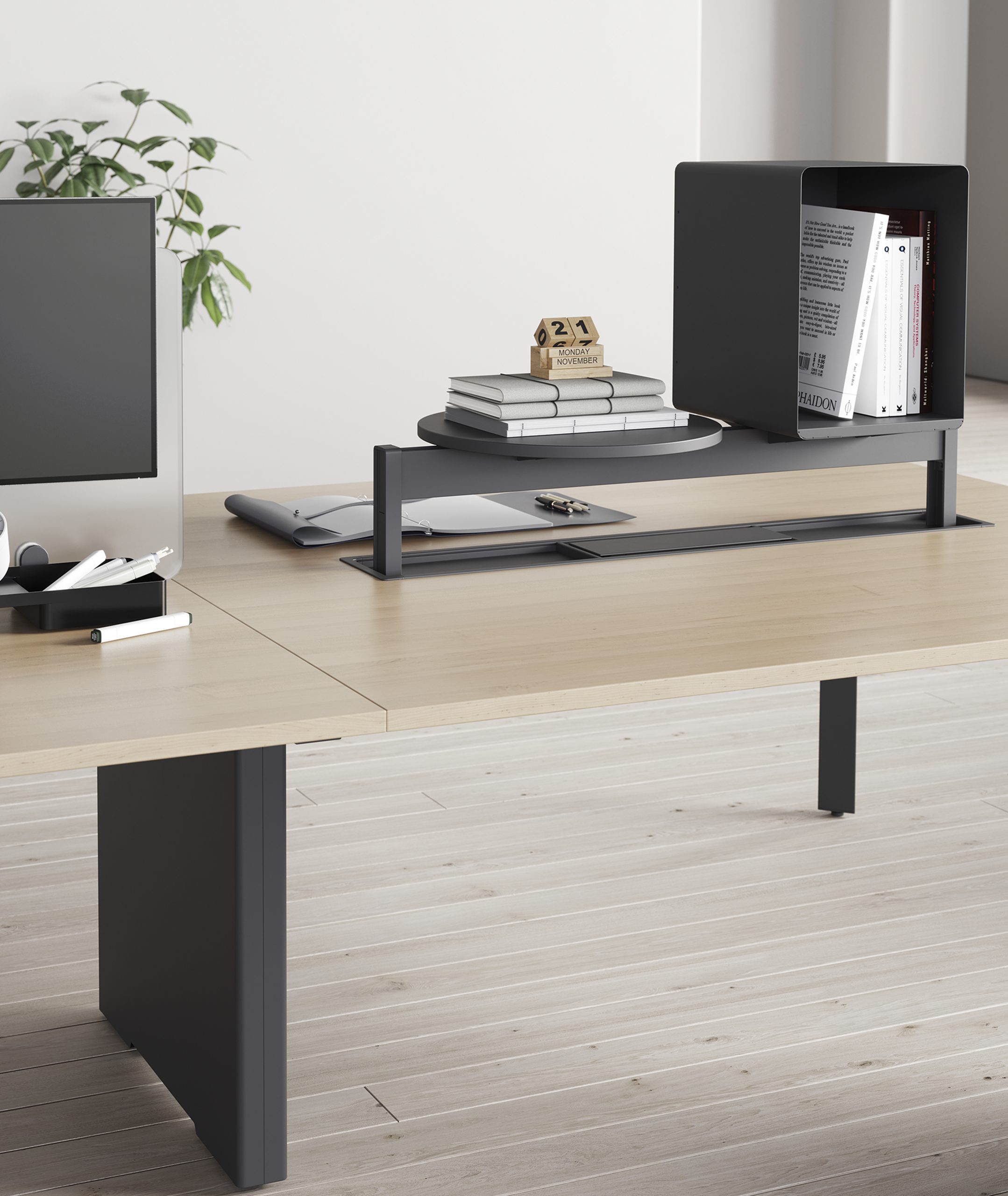
Commercial interiors present architects and designers with a complex proposition. As with all architectural projects, thinking about ‘the client’ extends beyond a commissioning individual or group of organisational representatives. In an office environment, successful interior design is always delivered in a way that suggests foresight and consideration for how spaces will be occupied by an extended team of people. In the day-to-day workplace experience, a designer’s sphere of influence is made most apparent in how those people enjoy the space each day – there’s an expectation of comfort, usability, responsiveness and personalisation for the way that contemporary workplaces can be occupied. Much of a designer’s ability to deliver this experience relies on the inclusion of innovative, adaptable office furniture.
“Designers have, for a long time, understood the need to design customisable work environments that respond to the needs of individuals and expand the potential for how people spend their time at work. It’s common practice now that clients need environments where people can be agile and move between workpoints, collaboration tables, tuck themselves away in focus rooms for individual meetings or take a break with a colleague for a coffee.” says Stephanie Rodas, Associate at Gray Puksand. “Achieving this kind of environment, reflects a contemporary business philosophy where dynamic, diverse and adaptable infrastructure provides autonomy and creates valuable places for people to spend their time in.”
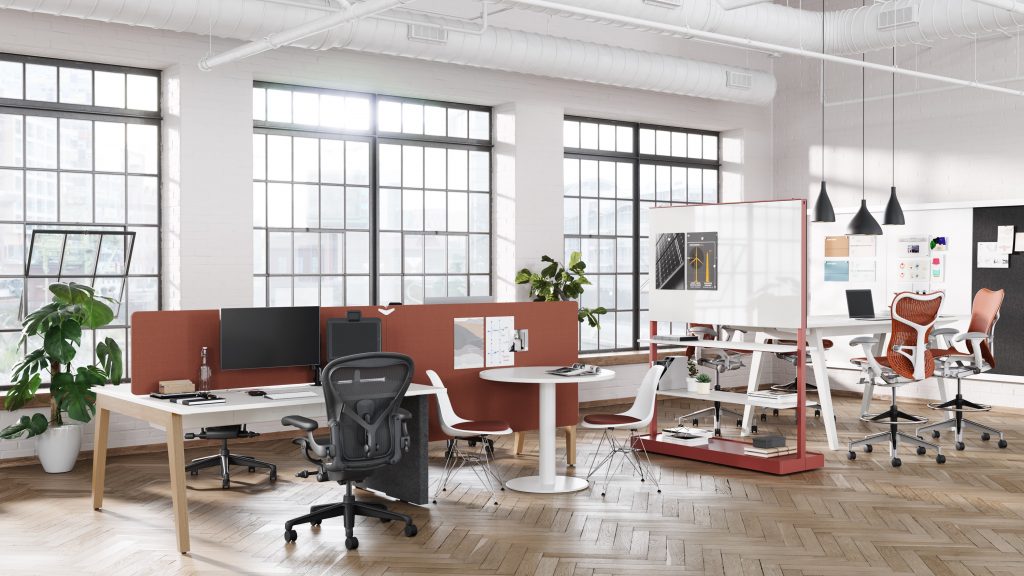
With 12 years’ experience designing workplaces, Stephanie has seen emphasis shift towards a more collaborative approach between architects and designers, who take responsibility for specifying on commercial projects, and the design-led furniture suppliers who are providing greater choice and more customisable solutions for design teams. The recently released Byne System – a highly configurable workstation by furniture manufacturer Herman Miller – draws on an existing suite of products from the brand that have been hybridised to bring together the most useful components of each design into one dynamic workstation.
“More and more, businesses are adapting to the needs of their staff. The Byne System leads the response to this movement and speaks to a market in which our clients are happy to invest in premium-quality furniture. Adaptability equals longevity and that is so important, particularly when sustainability is often front of mind when we’re making design decisions that reflect our clients’ values.” Explains Stephanie. “Businesses are becoming increasingly transparent about their environmental credentials. The quality and malleability of Herman Miller workstations means that businesses don’t have to replace them if they relocate or scale up and down.”
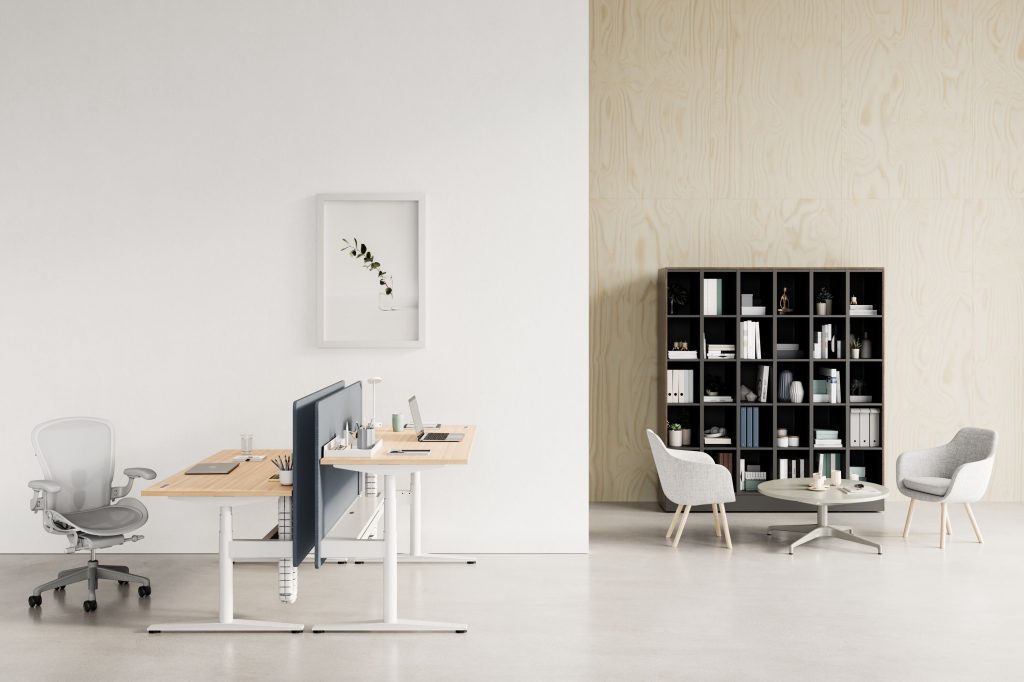
Extending the sustainable agenda of the design industry, a number of Herman Miller workstations can be built using locally made components, which are produced as part of the company’s Australian Localisation Program – a scheme that supports local materials and manufacturers. Built on a framework where components, including privacy screens, pinnacle surfaces, cabling systems and legs can be changed at low cost and with minimal downtime, the Byne System works with the Herman Miller height-adjustable ranges, Ratio and Atlas Office Landscape, to support designers to produce relevant and reliable workplaces.
“Because Herman Miller workstations can be readily adapted, they provide a way of responding to both anticipated day-to-day and long-term more unexpected change.” explains Stephanie, “The Byne System, Ratio and Atlas Office Landscape have had a sophisticated design lens applied to them, which make them extremely reliable. When we specify, it’s a reflection of us as designers so I’m always looking for solutions that are fit for purpose and embody a design language that speaks to modern ways of working – that shape and support the ways that individuals want to behave in the workplace. A workstation is such a large component of a workplace that you need it to work hard and the Herman Miller range helps us get that right.”
Explore the full collection and learn more about Byne Systems via hermanmiller.com
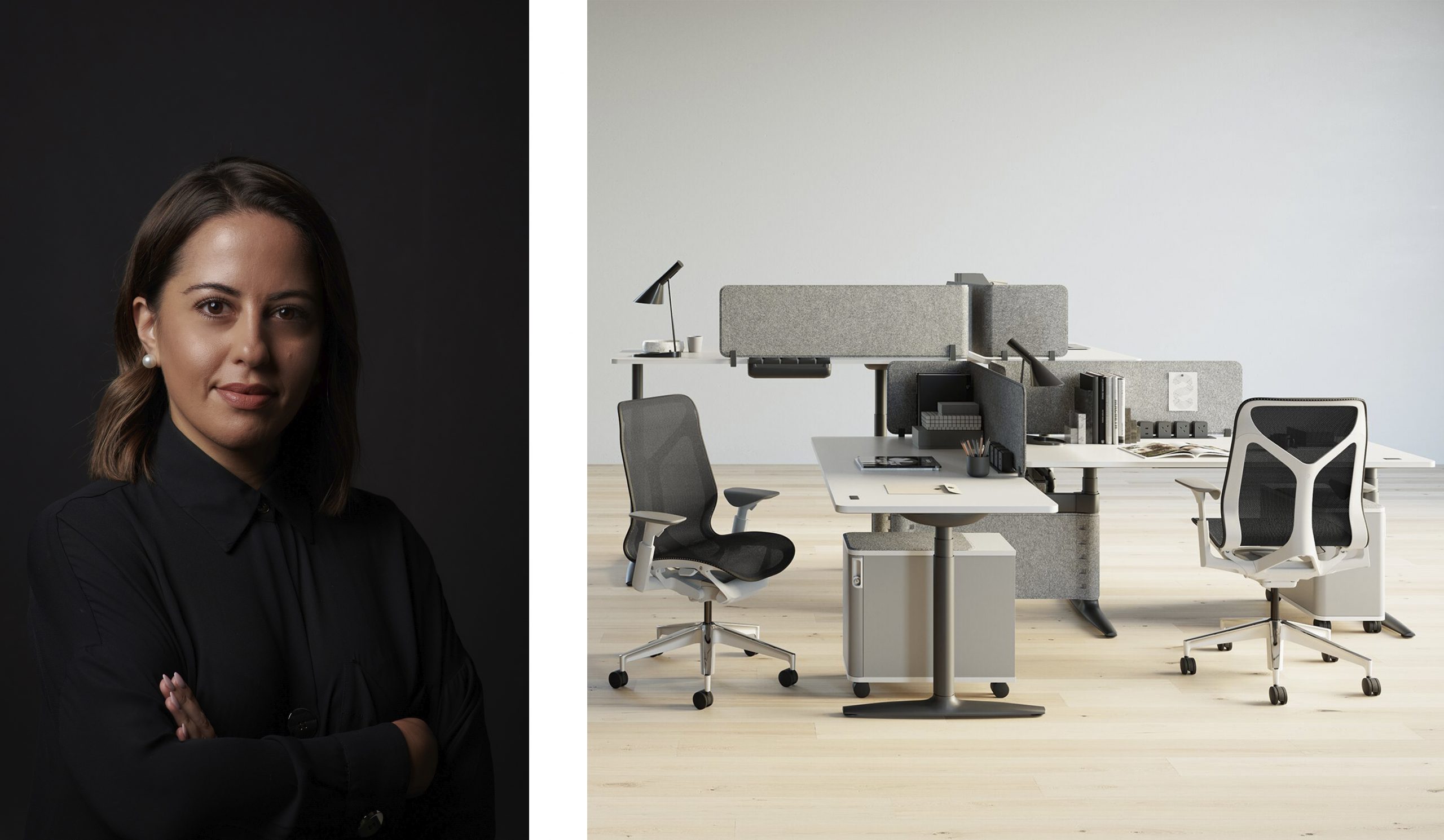
Stephanie Rodas, Gray Puksand / Atlas Office Landscape by Herman Miller
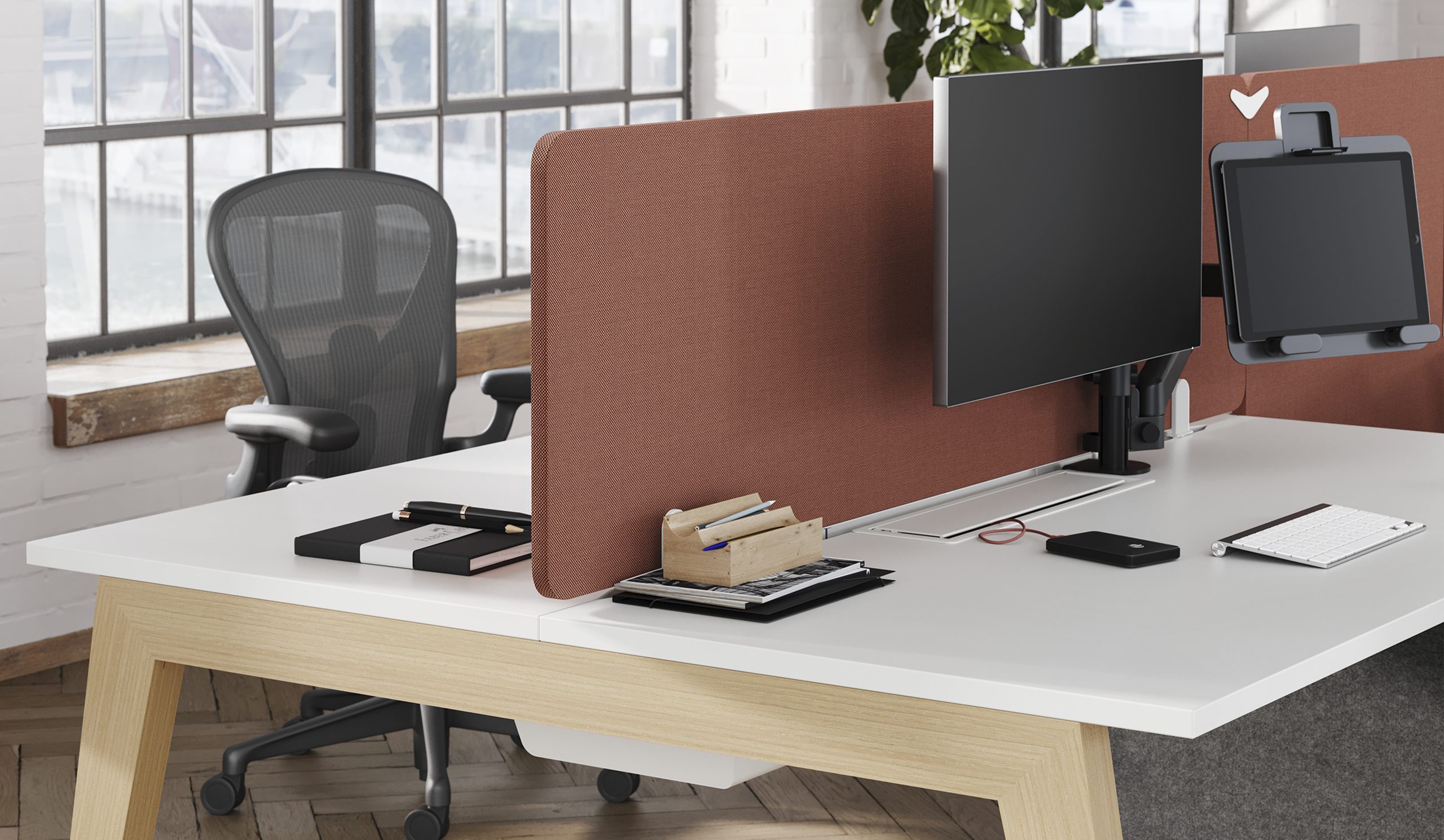
Byne System by Herman Miller
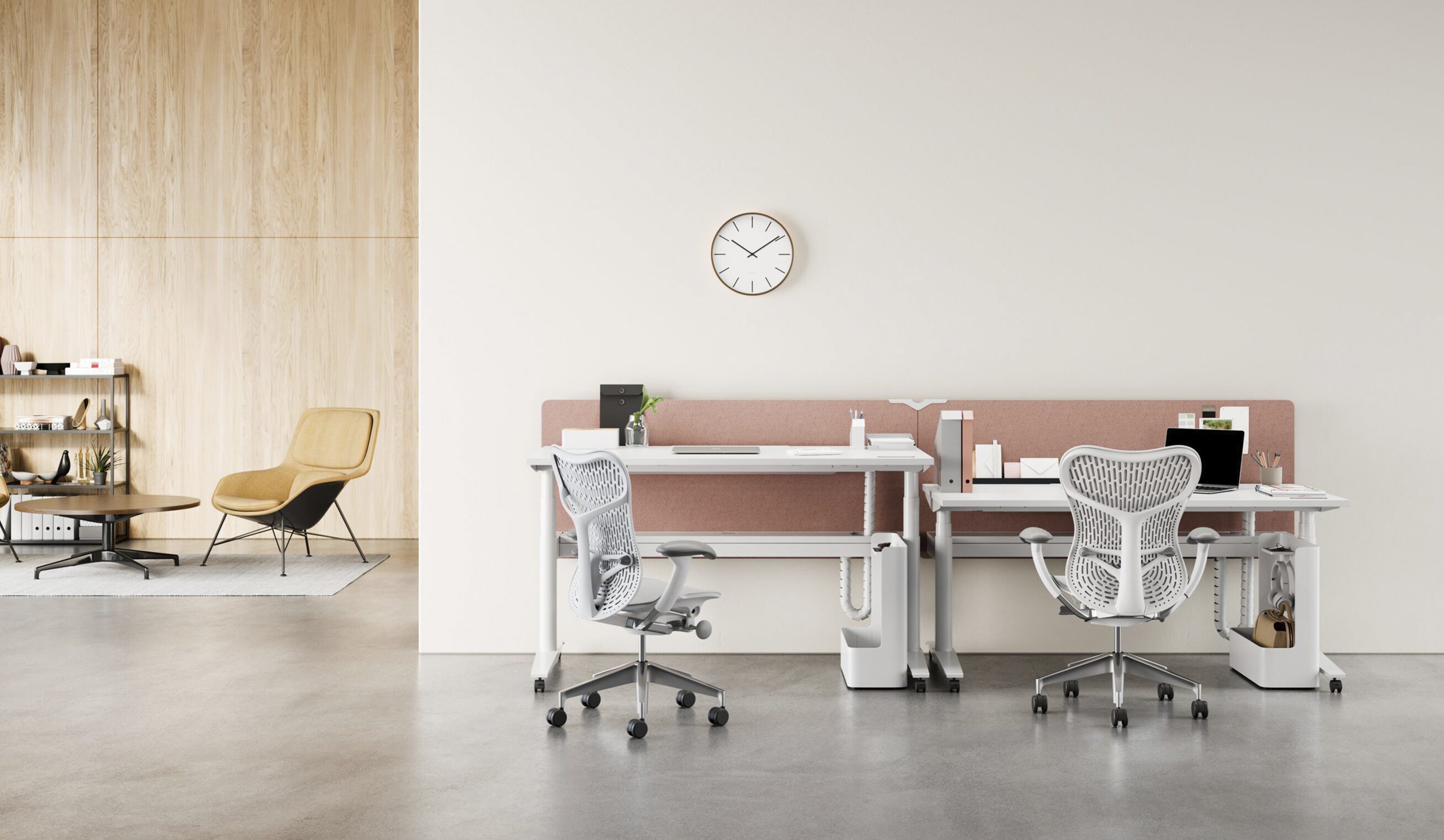
Ratio by Herman Miller

